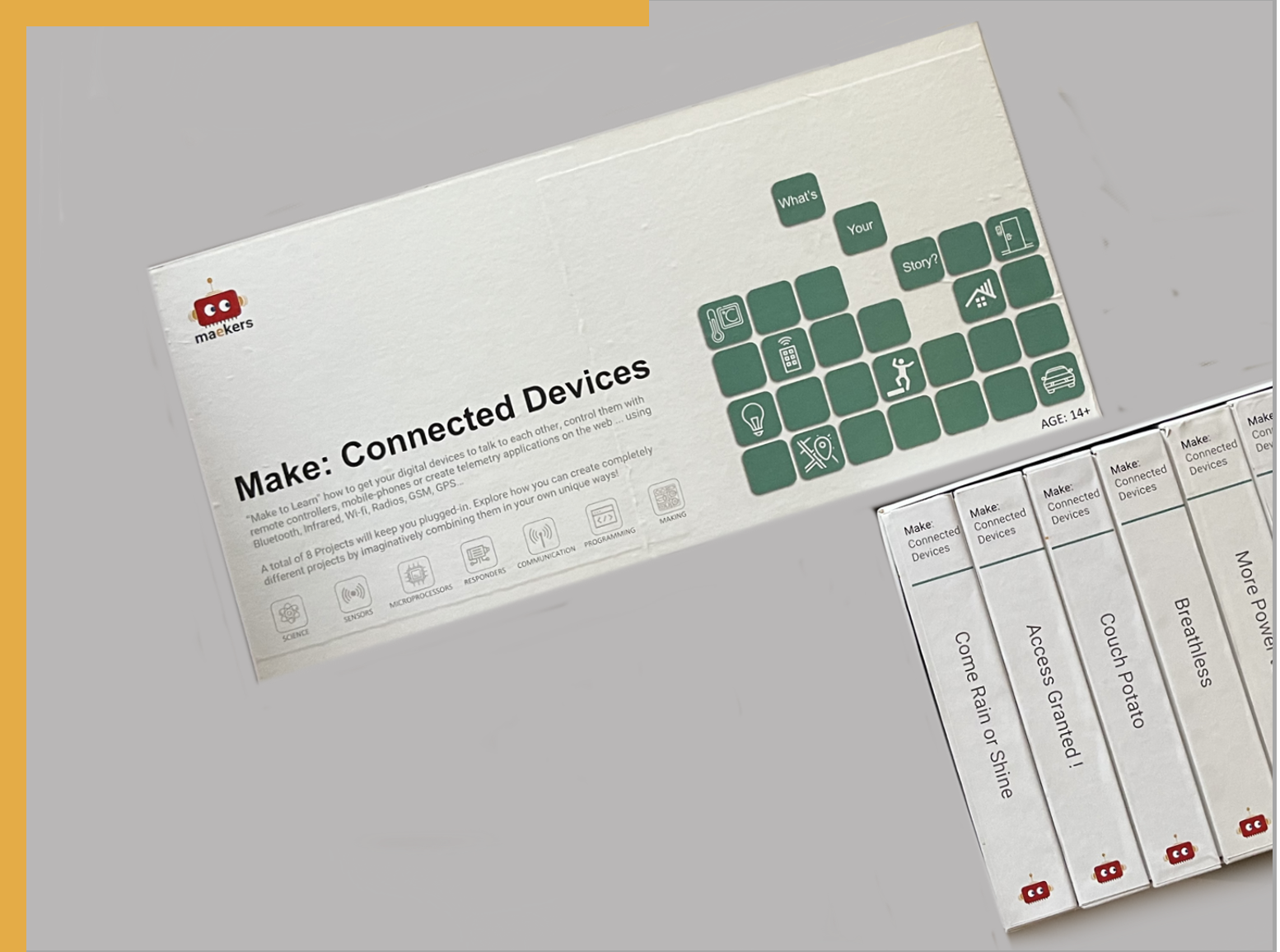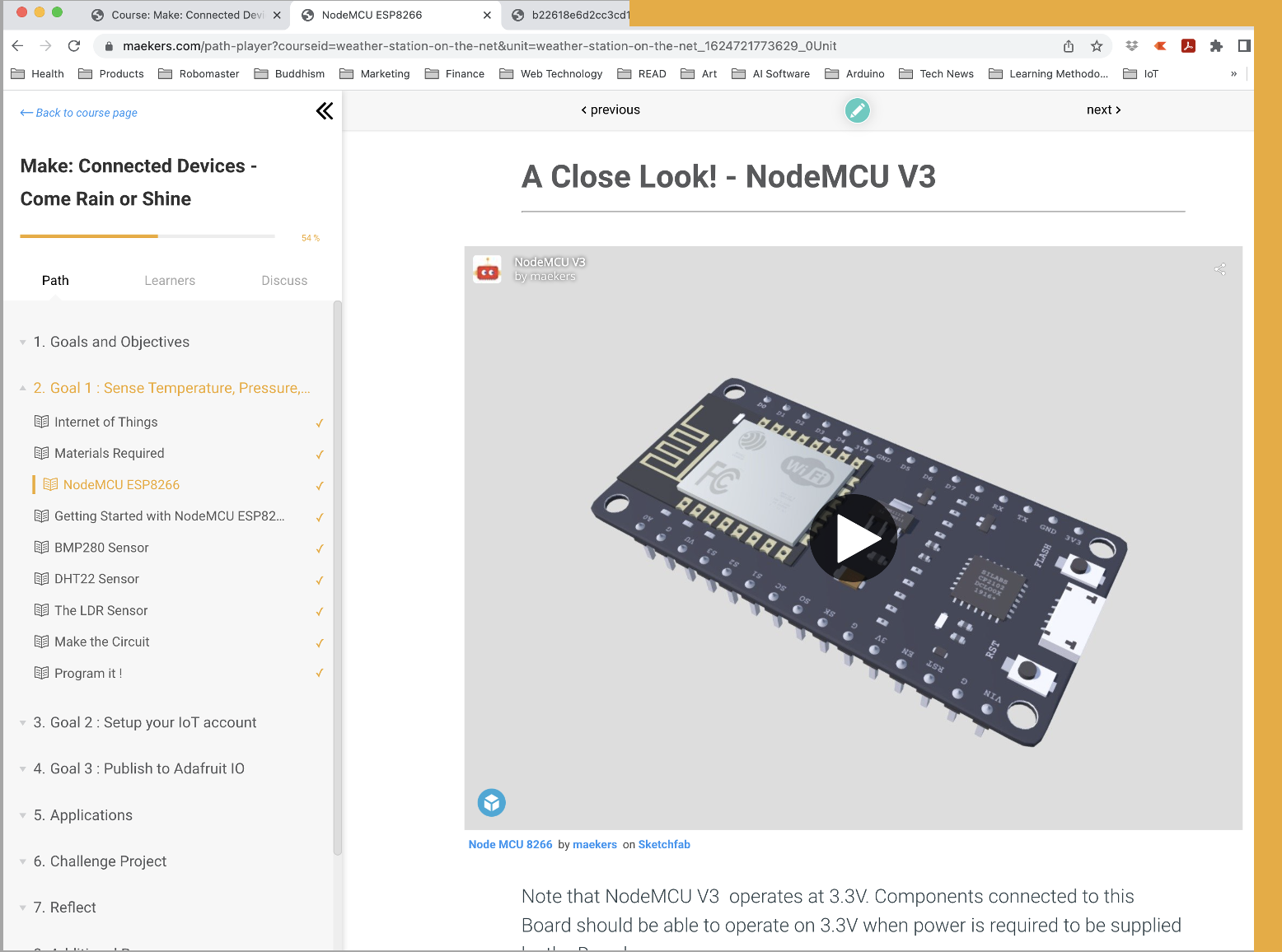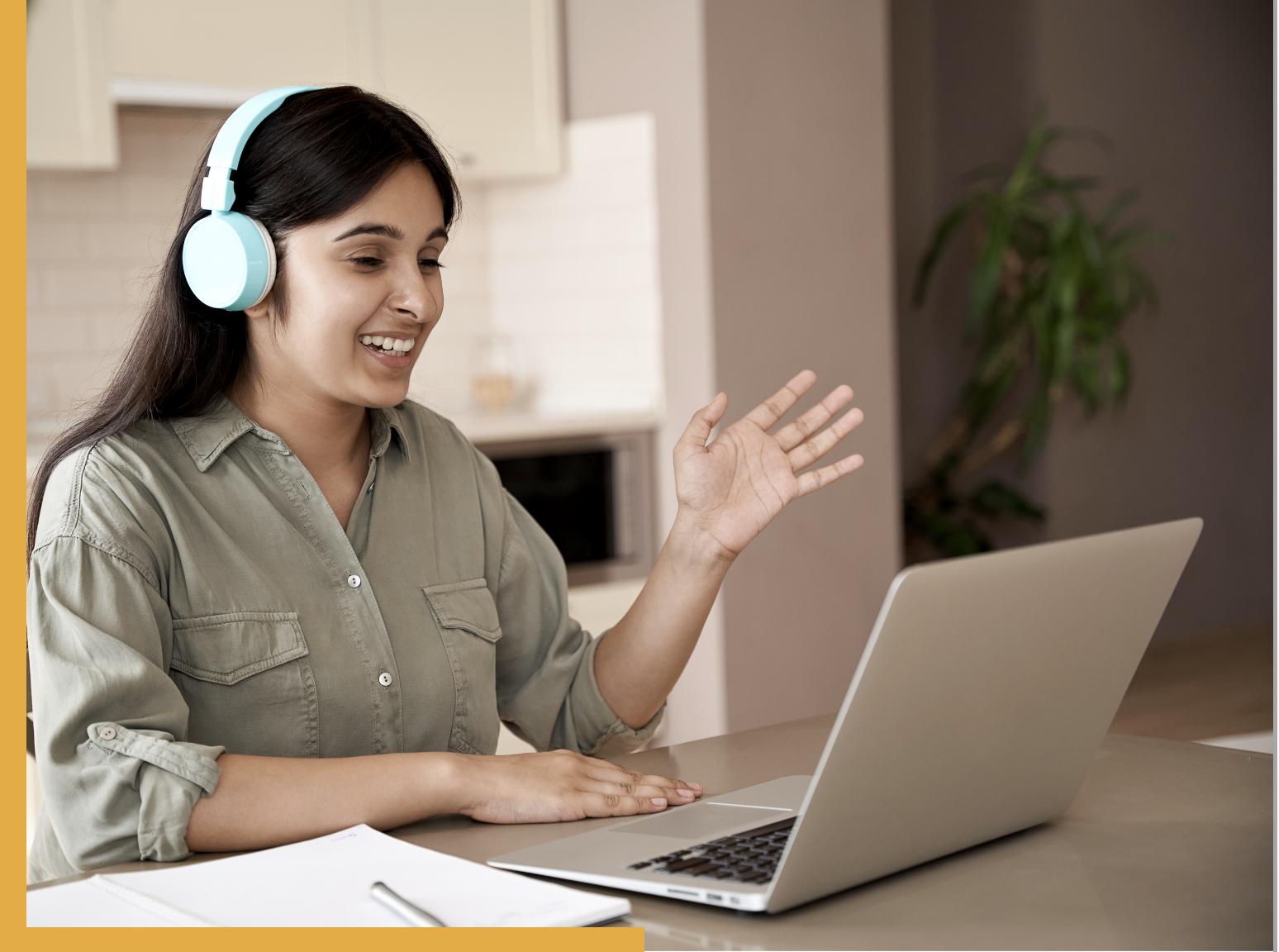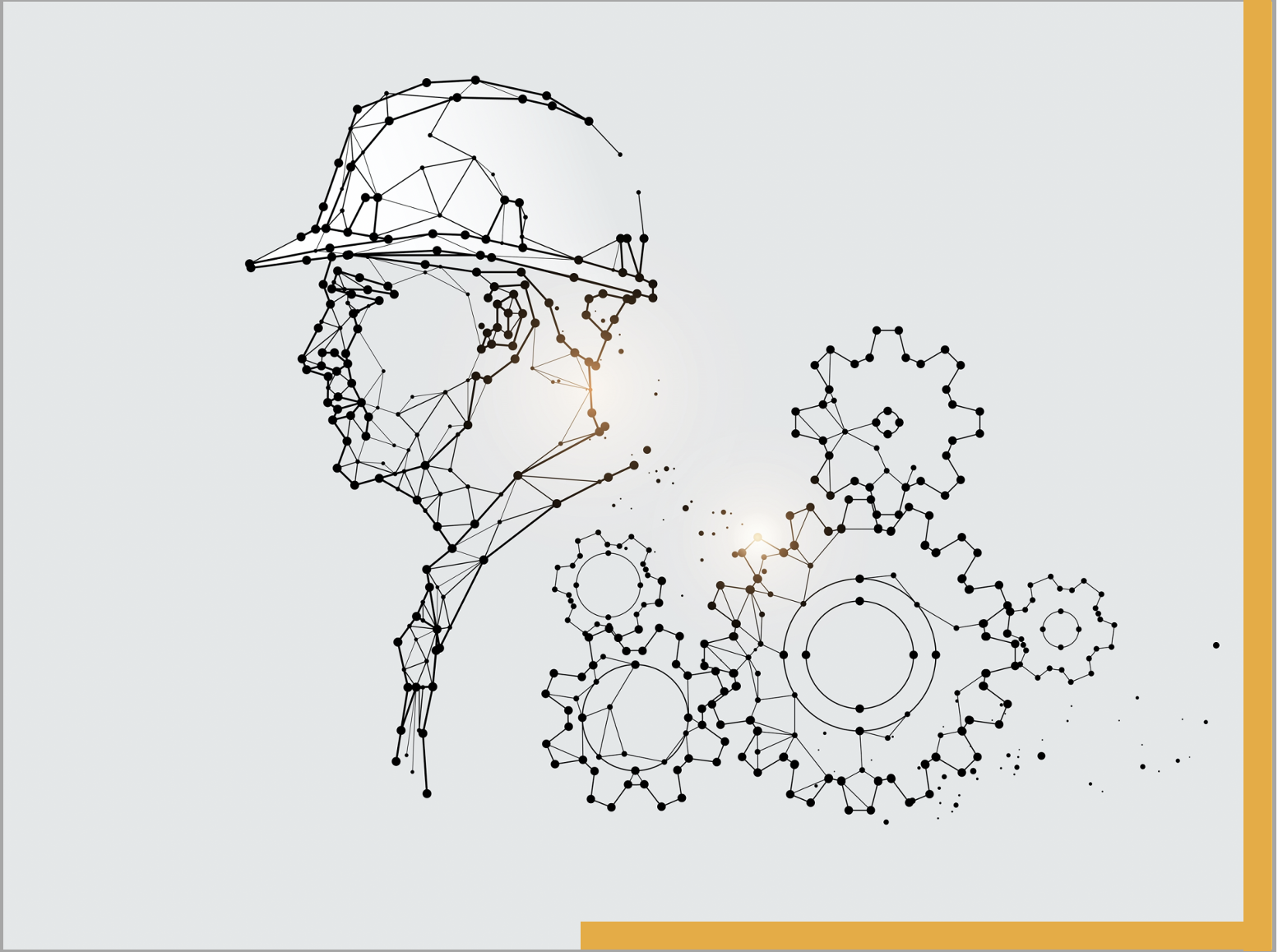Make: Connected Devices
AGE: 13+
On a mobile phone, we use GSM technology to talk to a person far away in another city. On our computers or gaming consoles, we use Wifi to play multi-player games or participate in social networks. We use bluetooth to pair our headphones and listen to music from an Audio system. We use GPS to navigate our way on Google Maps.
Of course, these technologies are used extensively in Manufacturing, Logistics, Agriculture, Healthcare and several other industries.
And, it is because of "Communication Technologies" that we live in a more comfortable and enjoyable world. Sure, these technologies can be mis-used, but this is a matter of our principles, ethics and discipline, not of science and technology and probably need laws to govern their development and usage. However, the truth is that our ability to communicate, share and collaborate is what places us ahead of other species in this world.
In this program, you will learn all the above technologies as well as radio communication, Infra-red communication, RFID communication and more...
Of course, these technologies are used extensively in Manufacturing, Logistics, Agriculture, Healthcare and several other industries.
And, it is because of "Communication Technologies" that we live in a more comfortable and enjoyable world. Sure, these technologies can be mis-used, but this is a matter of our principles, ethics and discipline, not of science and technology and probably need laws to govern their development and usage. However, the truth is that our ability to communicate, share and collaborate is what places us ahead of other species in this world.
In this program, you will learn all the above technologies as well as radio communication, Infra-red communication, RFID communication and more...
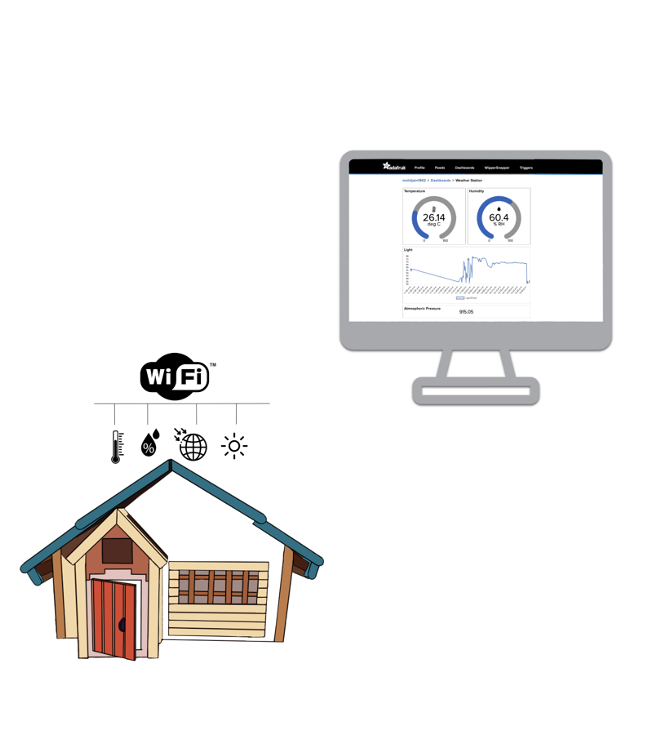
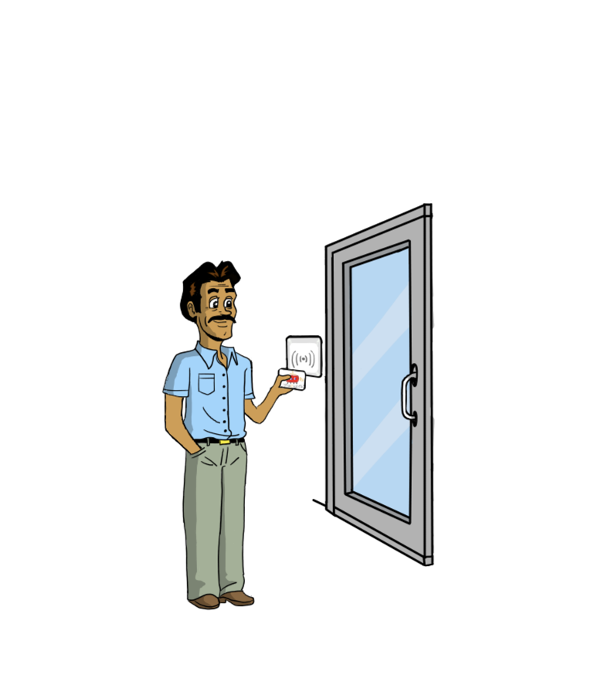
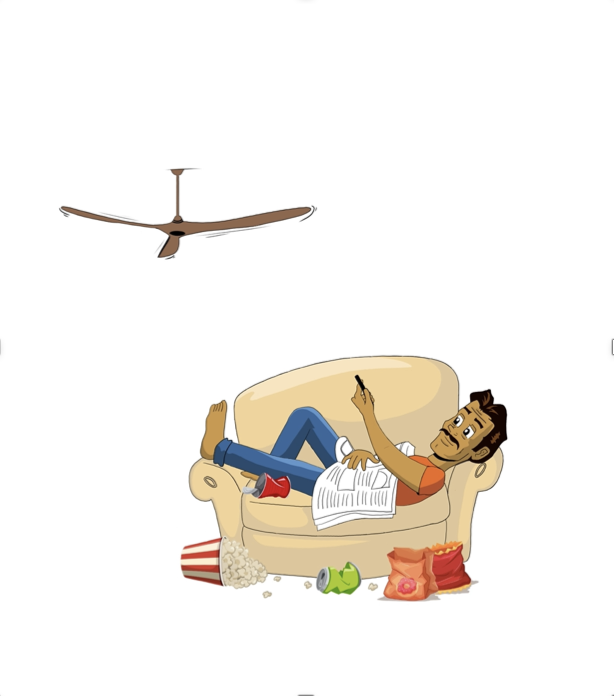
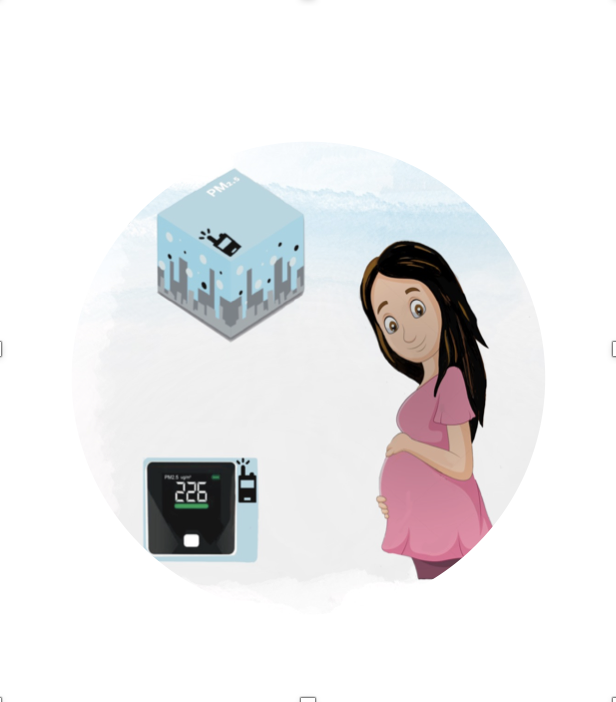
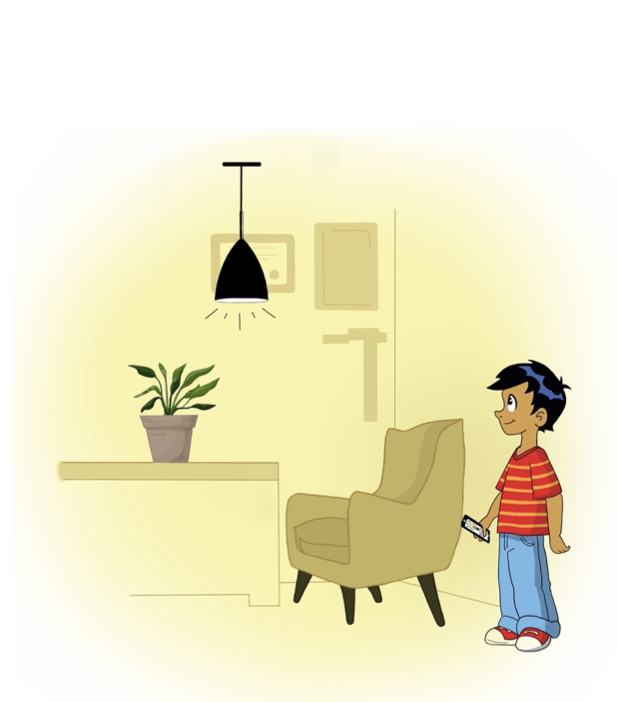
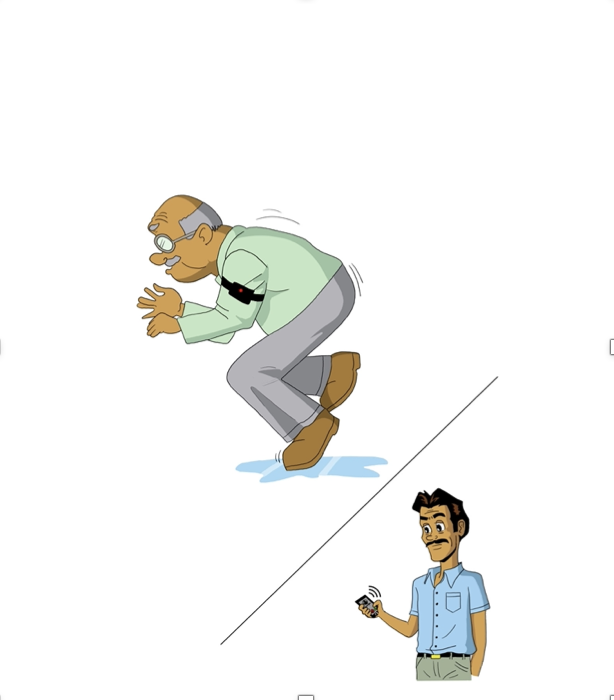
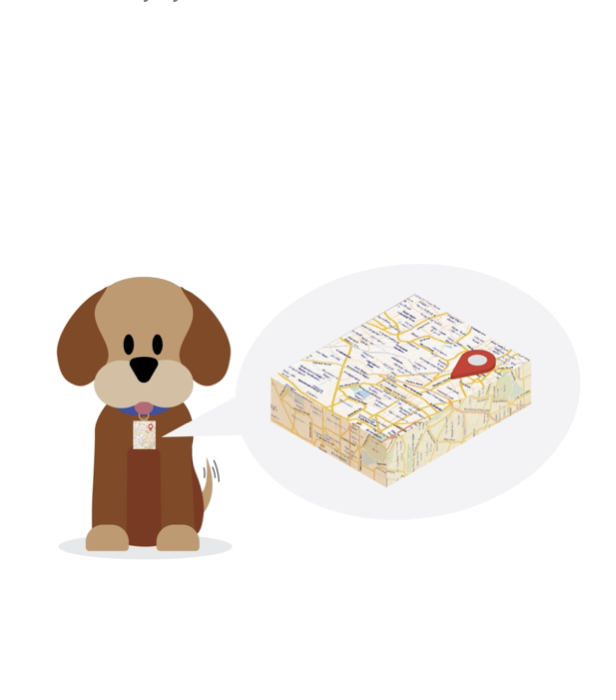
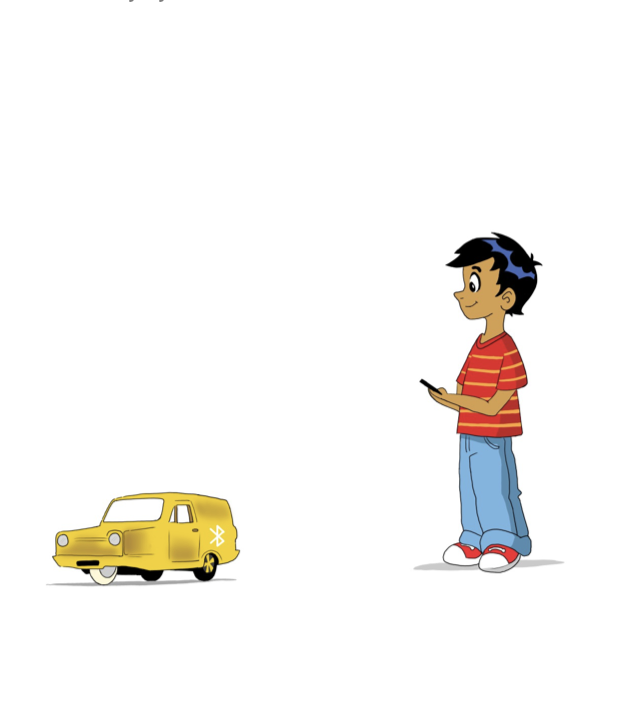
What you will learn
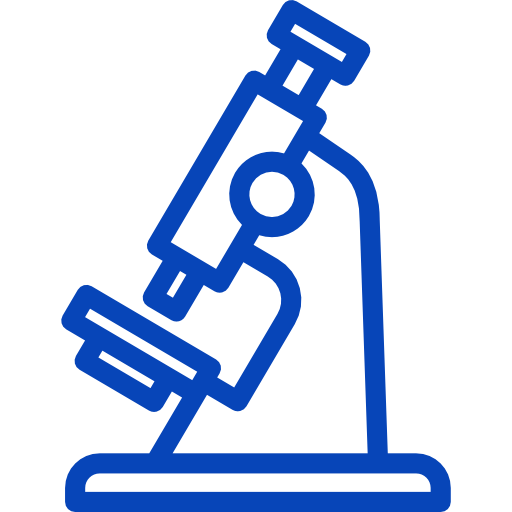
SCIENCE

SENSORS

COMMUNICATION
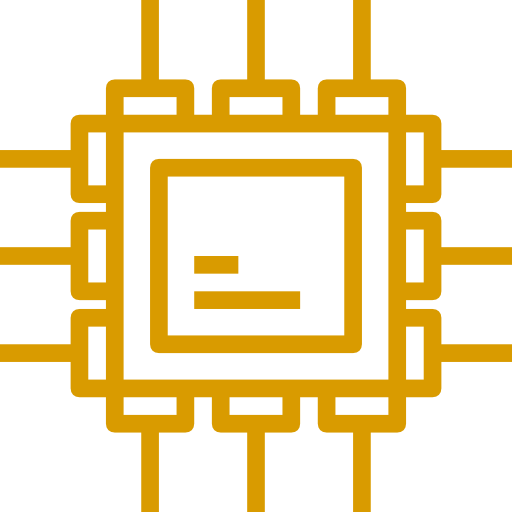
MICROPROCESSORS
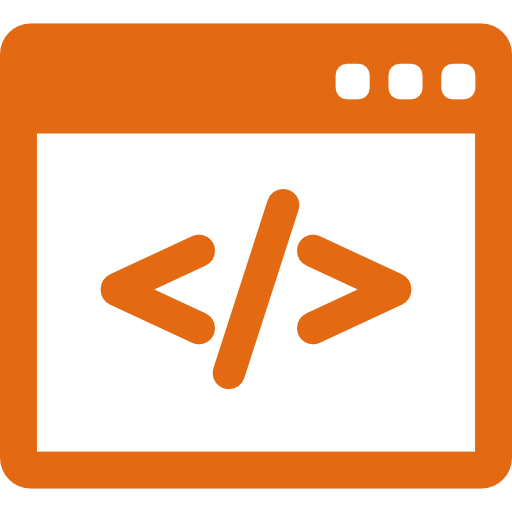
CODING
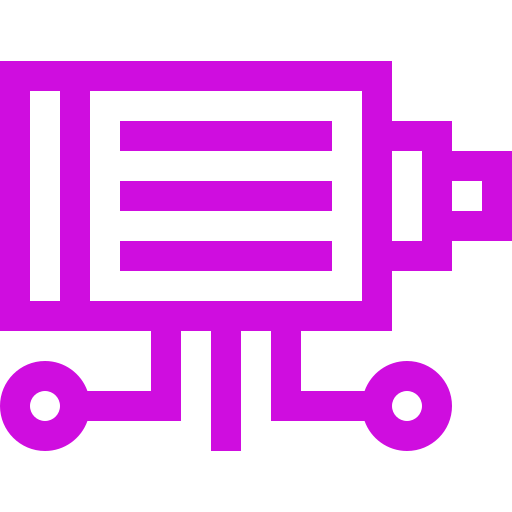
RESPONDERS
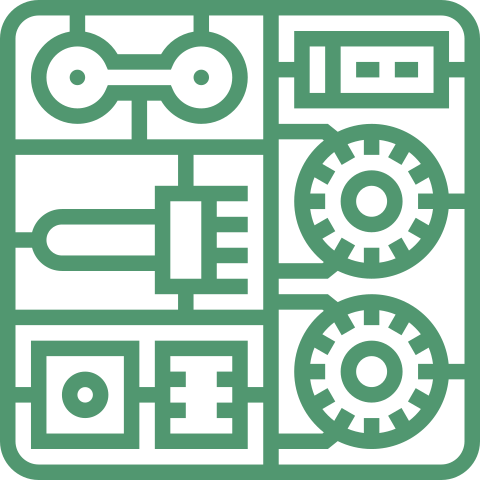
MAKING
When you join the programme of Make:Digital Devices, you will get a comprehensive Kit which contains all the Sensors, Responders and a Microprocessor, along with all accessories - with a promise that they will work together, seamlessly. An engaging and interactive online platform along with 24x7 online support is, naturally, a part of the deal. And, you will also connect with Distinguished members of the Industry who are using these technologies to transform their industries.
Unlock your child's potential with Our Innovative Digital Learning Programs for the Future at just
INR 19,500!
Frequently asked questions
1. What are the pre-requisites for this course?
You must be pretty familiar with Arduino UNO, Arduino IDE, libraries and flashing the code. Basics of C++, understanding of essential sensors and responders is also required. It is strongly suggested that you complete the Make: Digital Devices program, before you start this.
You will, also need:
- a computer with a camera and speakers/headphone
- internet connection with minimum 60 to 100 Mbps internet bandwidth
- a google account
Most critically, you need loads and loads of curiosity and creativity!
You will, also need:
- a computer with a camera and speakers/headphone
- internet connection with minimum 60 to 100 Mbps internet bandwidth
- a google account
Most critically, you need loads and loads of curiosity and creativity!
2. How much time will it take?
There are 12 structured projects and 12 Challenge Projects. We estimate that if you are investing 4 to 6 hours per week, it will take you about an year to complete.
3. Can I only do the 8 Projects you have mentioned?
The English language has just 26 alphabets. Yet, you have millions of stories! What you are learning are the digital alphabets of tomorrow. The number of stories we can create is limited only by our sensitivities, our imagination and perseverance.
4. Will I be able to access my Projects after one year?
Of course. You have lifelong access to the site. There are no additional charges to be paid periodically. Nothing. So, learn at your own pace. And if you finish early, just grab the next Course - "Make: Connected Devices".
5. There is a different Project I want to do. Will you help me?
We have carefully structured the Course to ensure that your capabilities are being built up in a systematic manner. You may find that the Project you want to do is covered in the other two courses - Make: Connected Devices or Make: Smart Devices.
But, if you still want our help for a special Project, we will help you, as long as your Project is within the concepts covered in "Make: Digital Devices"
6. After say, one year, when I am done with the Projects, will you buy-back the kit?
You will see that several components, if not all, can be used in the other courses and can help you build projects which can be truly fascinating
So, we urge you to retain your kit and keep making awesome stuff. But, if you are just not interested in the "Digital Domain", we are working out how the under-served children can take advantage of low cost materials. We are thinking about it.
Watch this space for any developments in this regard.
7. I still have a question. What do I do?
We would love to hear from you - just contact us at info@maekers.com, and we will respond within 24 hours

